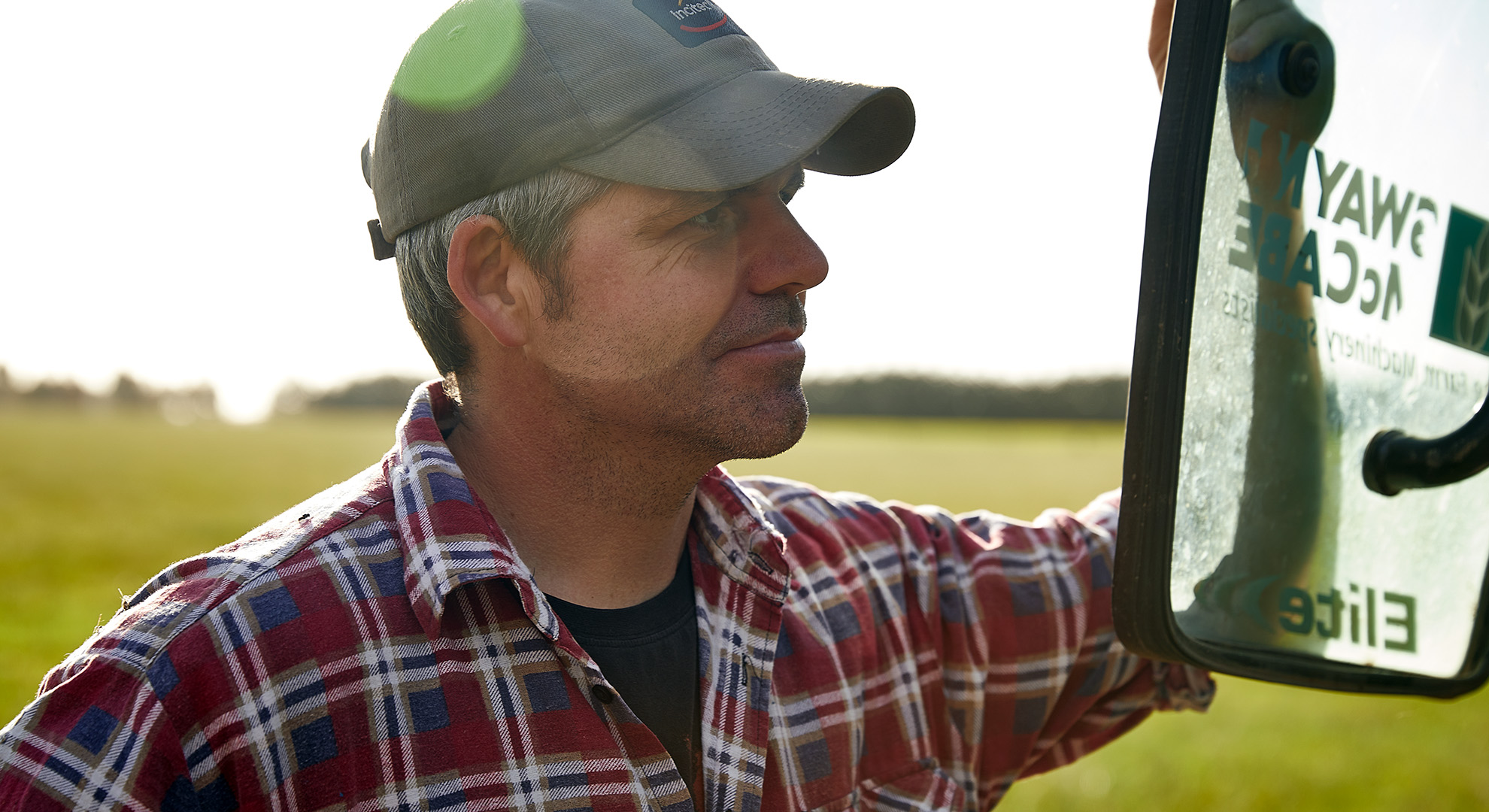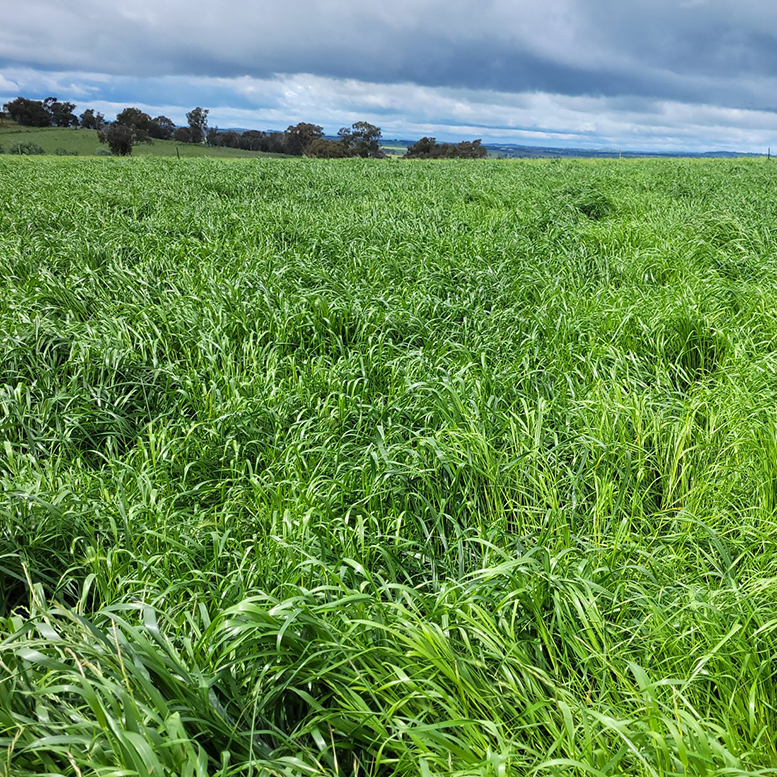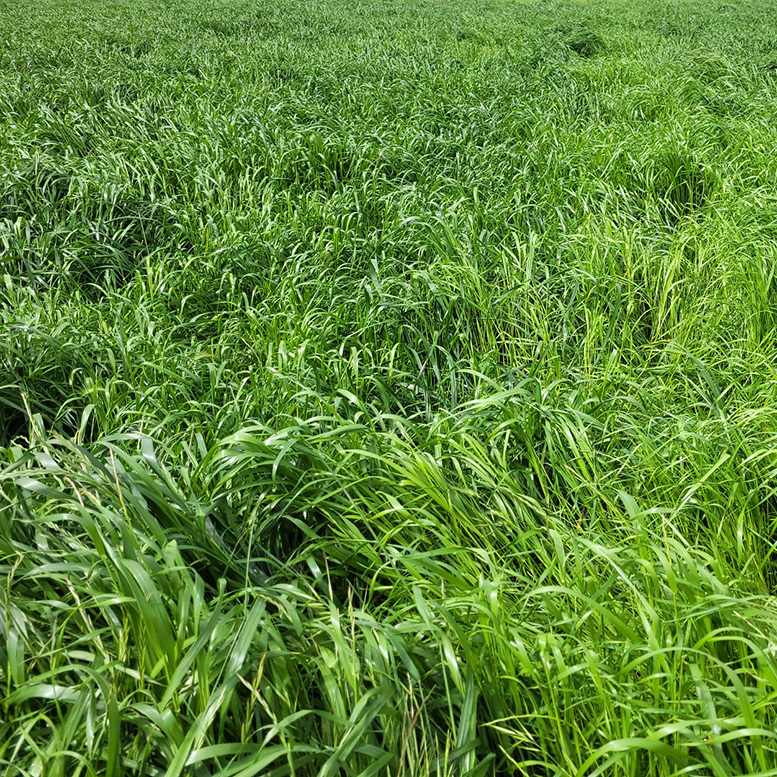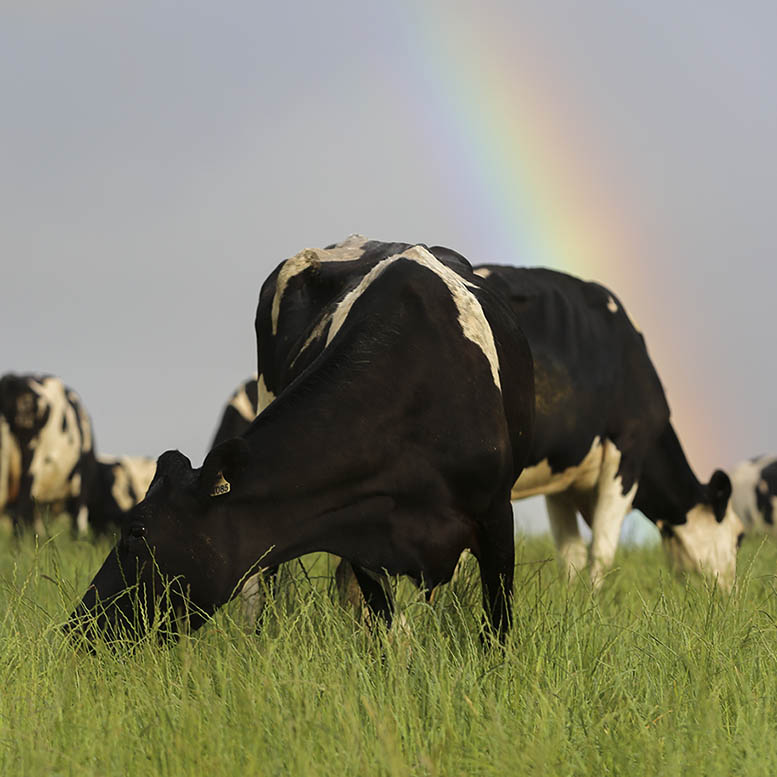Agronomic Insights

Trace elements like molybdenum play a critical role in helping maintain productive and sustainable pasture systems.
Lee Menhenett – IPF Technical Agronomist
If it has been five years or more since you have applied molybdenum, take a moment to consider whether it could be a useful addition to your fertiliser program this year.
Firstly, consider whether you have molybdenum hungry soils.
For example, we know that molybdenum is less available to pastures when the soil is acidic. Molybdenum deficiency is also more likely on highly weathered limestone soils that are low in native phosphorus, potassium, and calcium.
The need for molybdenum can also be assessed with a leaf tissue test through the Nutrient Advantage® laboratory.
Tissue testing provides a reliable measure of the availability of molybdenum to your pastures, so you can take action before any deficiency occurs.
If you are looking for a deficiency, you’ll probably see it first in legumes such as clovers, medic and lucerne, with stunted growth and a general paleness, similar to nitrogen deficiency. Rhizobium nodules may become pale and colourless too.
In non-legume pasture species, molybdenum deficient leaves may have a mottled pale appearance, stunted growth and burn on the margins of mature leaves.
Again, these symptoms are similar to nitrogen deficiency, except for the burn, which is due to the accumulation of nitrates.
The reason it looks a bit like nitrogen deficiency is because two of the most important functions of molybdenum in legume-based pastures are linked with nitrogen.
1. Molybdenum is required by Rhizobia bacteria for efficient nitrogen fixation in the root nodules of legumes.
2. In grasses, molybdenum is used in the process of reducing nitrate back to ammonium within the plant as a first step to forming proteins. It helps in the efficient use of nitrates for plant growth.
While molybdenum is required in very small amounts, it can be just as important as the macronutrients. If molybdenum is limited in a legume-based pasture system, nitrogen fixation will be limited, therefore decreasing both production and quality of legumes and grasses in the sward.
Supplying molybdenum in pastures
In pastures grown on acid soils, 50-100 g/ha of molybdenum should be applied every five to ten years. This can be easily added to your annual fertiliser application, either as a SuPerfect® Mo or as a trace element coating. Three rates are available for the molybdenum coatings – 0.015%, 0.025% or 0.05%.
Avoid applying molybdenum in the same year as lime, as the availability of molybdenum increases with increasing pH.
Only small amounts of molybdenum are needed, even when correcting a deficiency. This is important because applying excessive rates of molybdenum may induce copper deficiency in livestock. In some soils, such as acidic sandy loams in high rainfall areas, copper should be applied with molybdenum.
Further information
If you have any queries or would like to discuss molybdenum or other micronutrients in more detail, please contact me at lee.menhenett@incitecpivot.com.au or 0412 565 176.
DISCLAIMER Incitec Pivot Fertilisers manufactures and sources fertilisers from other suppliers. The fertiliser supply chain extends beyond the company’s direct control, both overseas and within Australia. Incitec Pivot Fertilisers hereby expressly disclaims liability to any person, property or thing in respect of any of the consequences of anything done or omitted to be done by any person in reliance, whether wholly or in part, upon the whole or any part of the contents of this article. This is a guide only, which we hope you find useful as a general tool. While Incitec Pivot Fertilisers has taken all reasonable care in the preparation of this guide, it should not be relied on as a substitute for tailored professional advice and Incitec Pivot Fertilisers accepts no liability in connection with this guide.





